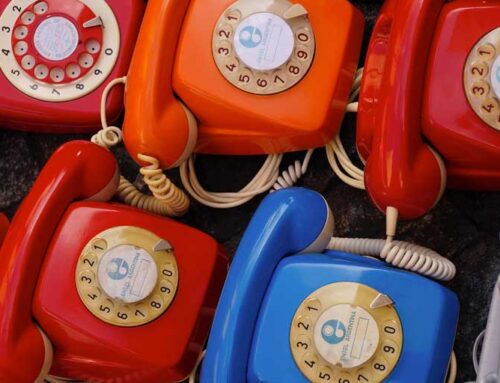When selling to interior designers, focus less on the product and more on value
Salespeople ask me all the time:
“How do I close more sales?”
“How do I get more appointments?”
“I work so hard, so why am I getting less-than-stellar results?”
My answer to these questions is to focus less on the product itself, and more on the value you can offer.
With the ever-increasing competition in the world of interior design, the way to get more appointments and close more sales is to sell smart! You’ve got to give your customer want they want; and what they want is value.
However, value does not always mean cheaper. We’ve been conditioned to think that less expensive is usually the key to closing a sale. Yet I know that’s not true, because in my 25-plus years of sales, management, and training with luxury brands, cheaper just didn’t exist. While designers would love to spend less, what they really want is the best solution to their problems and if your product is useful to them, but it costs more than another, they are often willing to pay. Haven’t we all done that? If a product brings value to our lives, we will pay more for it.
So, what’s the most effective way of demonstrating the value of a product? And how do you accomplish this in the time of COVID-19 and, social distancing? No matter how you “see” your clients, whether it’s in person, over the phone, or virtually through a screen, my advice is the same.
Focus on two important things:
1) Strategy
and
2) Solutions
If you develop a targeted strategy and provide solutions, you will achieve better results. Instead of just showing up and showing your product, you’ve got to tailor your approach specifically to the designer. Think of it as focusing on their projects, not just your products.
The following techniques will help you offer value to the designers you are selling to.
Gauge the client’s needs
Before you even go on a sales call, find out what the current problems and concerns are on each project that the designer is working on. It is a misconception that designers get irritated with questions. You just need to ask the right ones relevant to their area of expertise. Random questions will just irritate the designer, lessen your credibility, and come off as insincere or incompetent, which of course is a detriment instead of a value. So, you should be thoughtful and strategic. Only inquire about what they need.
After asking the right questions and getting their answers, your mission is to connect the dots between the client’s needs and the solutions you provide. Be confident in your solution, know your product, and emphasize how it can solve a problem or add value to their project. How much time and effort will you be saving the designer? That’s VALUE right there!
And don’t forget about your delivery. You have to present yourself as self-assured, knowledgeable, and focused on helping the client. Designers are more inclined to listen to a person who is confident about their work and asks and answers questions coherently without missing a beat.
Do more than “show and tell”
You’re not selling vacuum cleaners, are you? So do not approach your sale as just a live demonstration of a product. Presenting an item randomly without knowing the client’s current needs and merely hoping it will catch their attention is a huge no-no. Simply showcasing a product just gives designers more work to do. It forces them to figure out what they can use it for and if it doesn’t solve their immediate need, it will just create more mind noise for them and it’s unlikely that they’ll remember this product a week later when they’ve moved on and likely seen your competition. Again, value and solutions must be part of your strategy. If you merely talk about the product and leave the meeting, you have more or less sabotaged your chances. What will increase your odds of making the sale? Make the client see the product as essential for their project.
Accentuate usability
Take the guesswork out of the equation for the client. Instead, identify how your product fits into their equation and solves their problem. The designer you are meeting with should understand exactly how a particular product will be useful to them. For example, if you are selling to someone who specializes in geometric patterns and abstract walls, showing them floral-themed wallpaper (no matter how much they might love it) will not be of any use to them. The item is likely to be mentally discarded in a few minutes. Remember, you are taking up their time, so make it count by showing them something that is actually beneficial.
So, what are the main takeaways here?
Before a meeting with a client begins, find out about the designer’s work, their projects, and their criteria. Before the meeting ends, offer your solutions and emphasize how you can make their job simpler. By doing this, you’ll be adding VALUE!
I know change can be tough, but consider the following two options: (1) You can keep doing the same things, and get the same results; or (2) You can make small changes, be open to new ideas, and get different results.
My tried-and-true advice? Focus on the 2 S’s of Strategy and Solutions and you’ll find SUCCESS!





